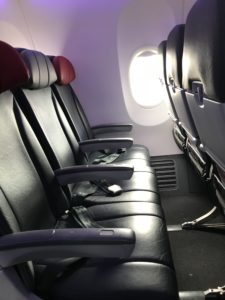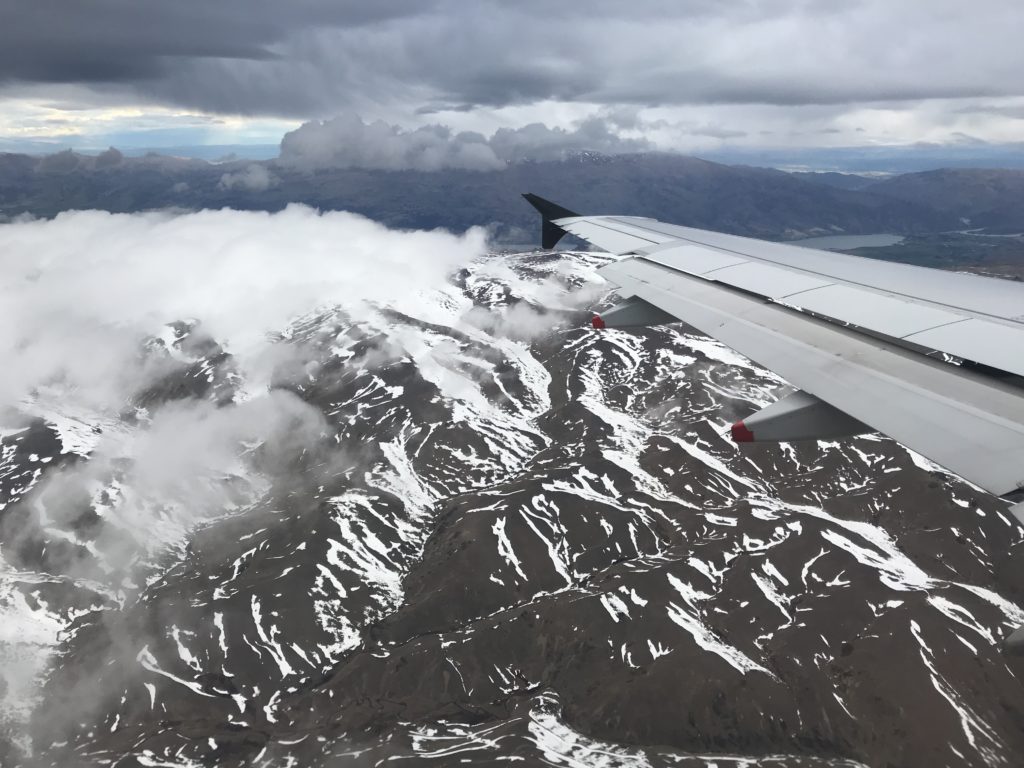One of Abraham Lincoln’s most famous cases is one in which he never actually tried. On my second Chasing Abraham Lincoln tour I made an unplanned stop at the McCormick Farm, now part of the Shenandoah Valley Agricultural Research and Extension Center.
As populations grew the need for improved crop yields increased, and the mechanical reaper made that possible. Cyrus McCormick had invented a reaper that became the gold standard and stimulated others to “borrow” his ideas. McCormick sued rival John Manny for patent infringement, accusing him of stealing the McCormick reaper design. Manny’s lawyers called in Lincoln because of his jury skills and his local presence in Illinois, but then the case was transferred to the district court in Cincinnati, Ohio. Lincoln spent considerable time preparing for the case and writing a technical brief, but when he arrived in Cincinnati he was shocked to learn that an esteemed Ohio lawyer, Edwin Stanton, had been hired and his own services were no longer needed. Worse, Stanton treated Lincoln poorly, writing him off as a hick western lawyer of little value. While angry at being tossed out of what he thought was his case, Lincoln turned it into an educational experience, watching the trial and learning a great deal about how more classically educated eastern lawyers worked a case.
The era of farm mechanization had begun, and Lincoln the President later relied on his experience to push for and begin the U.S. Department of Agriculture to enhance the use of science in farming. McCormick’s reaper eventually led to the modern combine harvester; his company eventually merged with others to form International Harvester.
The McCormick Farm is a well preserved set of eight original buildings, including a grist mill, blacksmith shop, slave quarters, carriage house, manor house, smoke house, schoolroom, and housekeeper’s quarters. The original ice house was torn down in the 1960s. Outside the grist mill a wooden water wheel creaked eerily as it continued to turn after all these years. Inside, the mostly wood gear mechanisms showed how the grain was ground into meal. There are two sets of mill apparatuses: one solely for corn, the other for wheat and other grains. Grain is fed from a hopper in the upper level and ground at mid level while the main drive shaft and gears take up most of the lower level.
Another main building had the wood shops in the lower section and a museum in the upper section. Here there were many models of different McCormick reapers, a full-size original reaper, and tons of information about the history of the farm and the inventor. On the wall hung an old scythe and cradle, hand tools used to mow and reap crops before invention of the reaper. While onsite I also checked out the small blacksmith shop and water well.
Before leaving I left my name and website address in the guest book. Shortly after my return home I received an email from Amanda Kirby, an assistant at the Research and Extension Center, thanking me for my visit and providing some additional information and resources for the book I’m researching. All along my Chasing Abraham Lincoln road trip routes I’ve met many hugely interesting and helpful people, from local librarians to small museum curators to volunteers at courthouses. The tours have been a great way to study all things Lincoln.
David J. Kent is an avid science traveler and the author of Lincoln: The Man Who Saved America, in Barnes and Noble stores now. His previous books include Tesla: The Wizard of Electricity and Edison: The Inventor of the Modern World and two specialty e-books: Nikola Tesla: Renewable Energy Ahead of Its Time and Abraham Lincoln and Nikola Tesla: Connected by Fate.
Check out my Goodreads author page. While you’re at it, “Like” my Facebook author page for more updates!












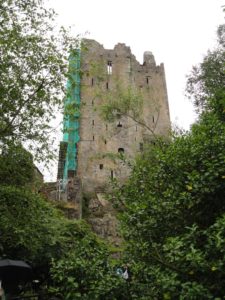 You’ve heard the schtick. Visit Blarney! Kiss the Blarney Stone! Gain the gift of eloquence! But should you do it? To kiss, or not to kiss, that is the question. Whether ’tis nobler in the mind to suffer the slings and arrows of outrageous condemnation by friends and family who bagger you with the question: “So, did you kiss the Blarney stone or not?” Or to take up arms against a sea of tourists who pay big bucks to participate in nothing but a huge tourist hype…and by opposing, end them.*
You’ve heard the schtick. Visit Blarney! Kiss the Blarney Stone! Gain the gift of eloquence! But should you do it? To kiss, or not to kiss, that is the question. Whether ’tis nobler in the mind to suffer the slings and arrows of outrageous condemnation by friends and family who bagger you with the question: “So, did you kiss the Blarney stone or not?” Or to take up arms against a sea of tourists who pay big bucks to participate in nothing but a huge tourist hype…and by opposing, end them.*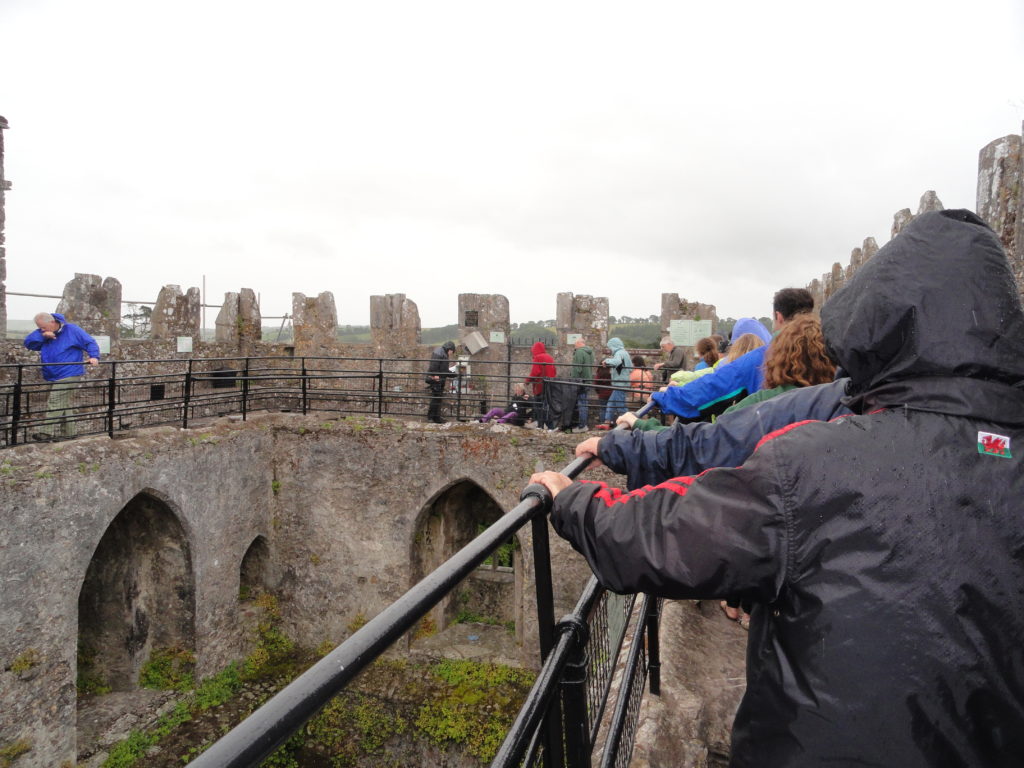
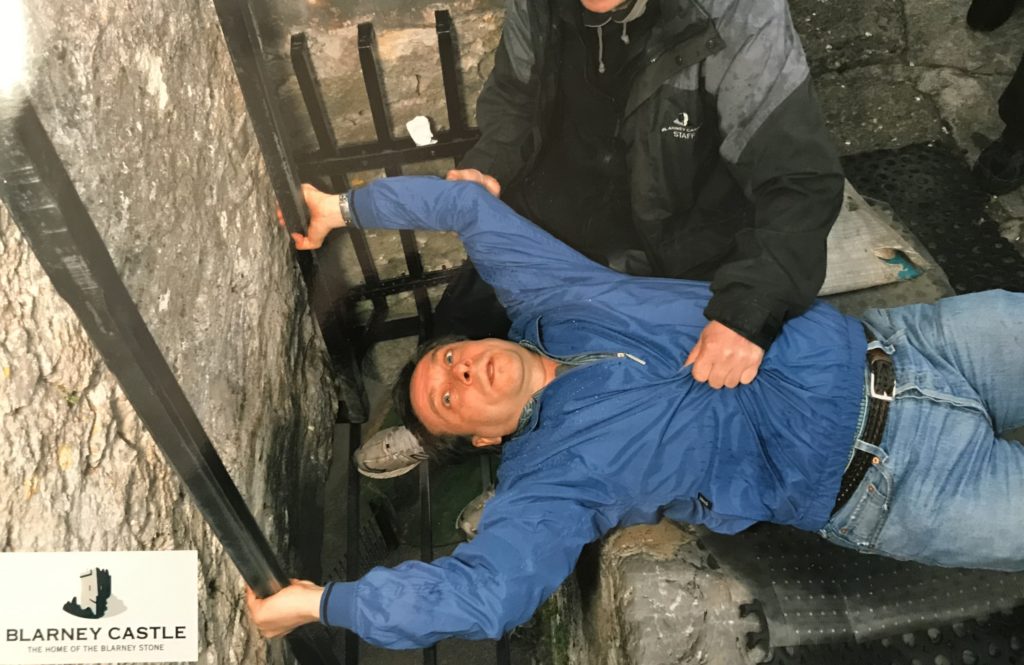
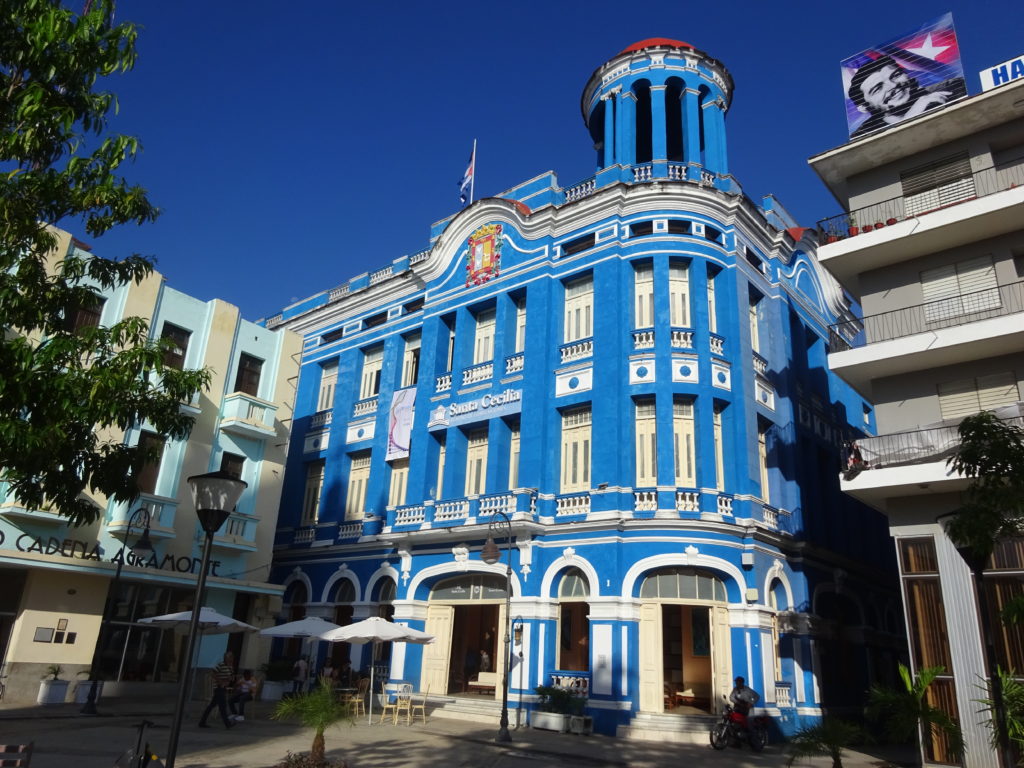






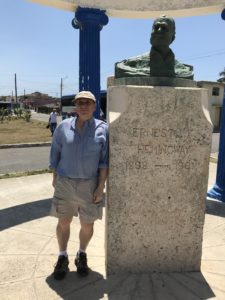 For twenty years of his life, Ernest Hemingway lived on the outskirts of Havana, Cuba. I spent some time recently visiting with the man who wrote The Old Man and the Sea. In fact, I visited the place where the real old man used to put to sea.
For twenty years of his life, Ernest Hemingway lived on the outskirts of Havana, Cuba. I spent some time recently visiting with the man who wrote The Old Man and the Sea. In fact, I visited the place where the real old man used to put to sea.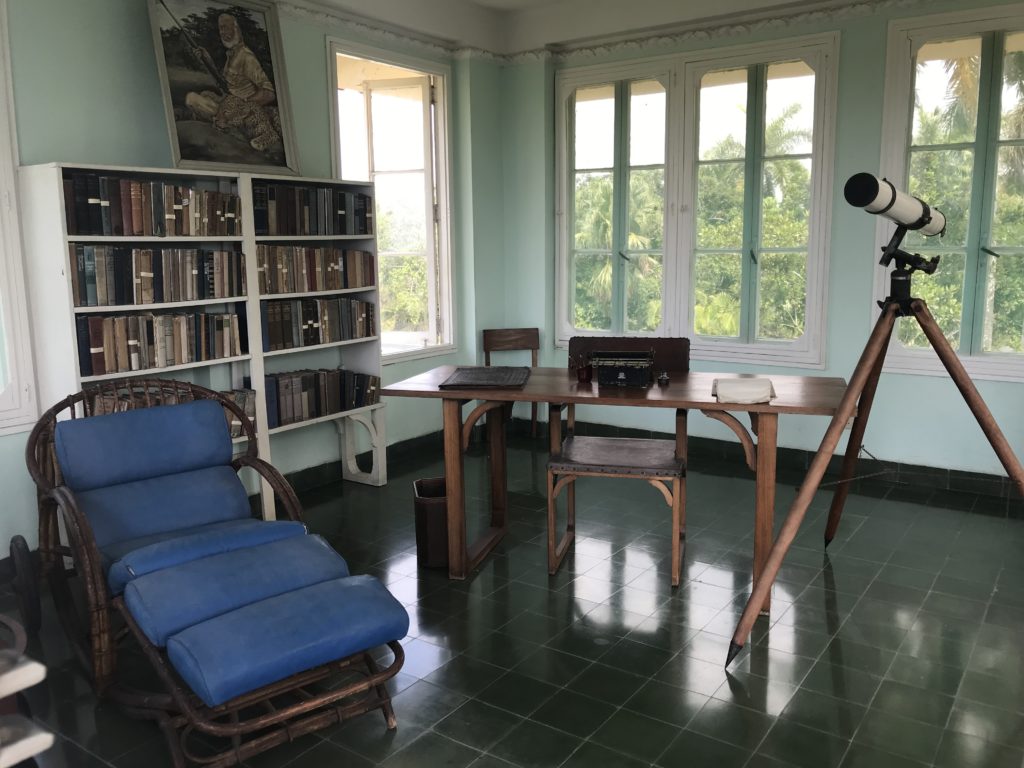
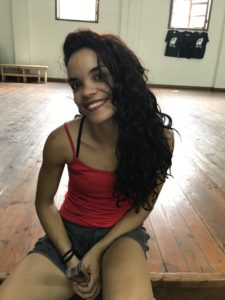 Marianna spoke no English, and my ten words of Spanish were insufficient for a conversation. Through a translator we conversed about the modern dance she and her troupe had just performed. Marianna was one of many “people-to-people” interactions we had during my recent 10-day
Marianna spoke no English, and my ten words of Spanish were insufficient for a conversation. Through a translator we conversed about the modern dance she and her troupe had just performed. Marianna was one of many “people-to-people” interactions we had during my recent 10-day 










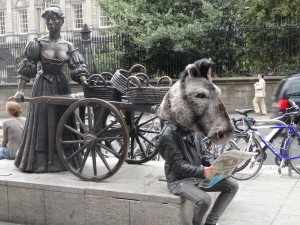 To say that my first real travel experience outside the United States (other than
To say that my first real travel experience outside the United States (other than 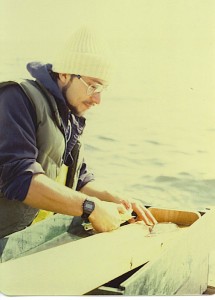 A while back I wrote a post called
A while back I wrote a post called 
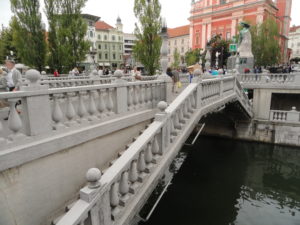 Several years ago I took a road trip through central Europe. Starting in Bratislava, the route took us through Vienna, Munich, Fussen (home of the famed Neuschwanstein Castle), Munich, Salzburg, and Budapest. Rather than backtrack through Vienna, we decided on a whim to drive south to the capital city of Slovenia, Ljubljana, home of the triple bridge.
Several years ago I took a road trip through central Europe. Starting in Bratislava, the route took us through Vienna, Munich, Fussen (home of the famed Neuschwanstein Castle), Munich, Salzburg, and Budapest. Rather than backtrack through Vienna, we decided on a whim to drive south to the capital city of Slovenia, Ljubljana, home of the triple bridge.







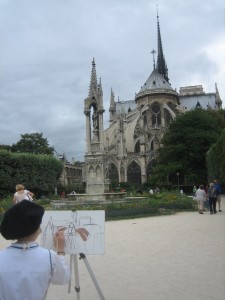 Yesterday the world watched in horror as the famous Notre Dame Cathedral in Paris blazed into the night. I’ve been to Paris a half a dozen times and on all but one trip (an in/out day train commute from Brussels), I made my pilgrimage to Our Lady, Notre Dame.
Yesterday the world watched in horror as the famous Notre Dame Cathedral in Paris blazed into the night. I’ve been to Paris a half a dozen times and on all but one trip (an in/out day train commute from Brussels), I made my pilgrimage to Our Lady, Notre Dame.



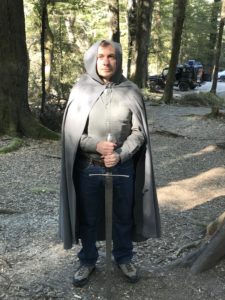 In over
In over 